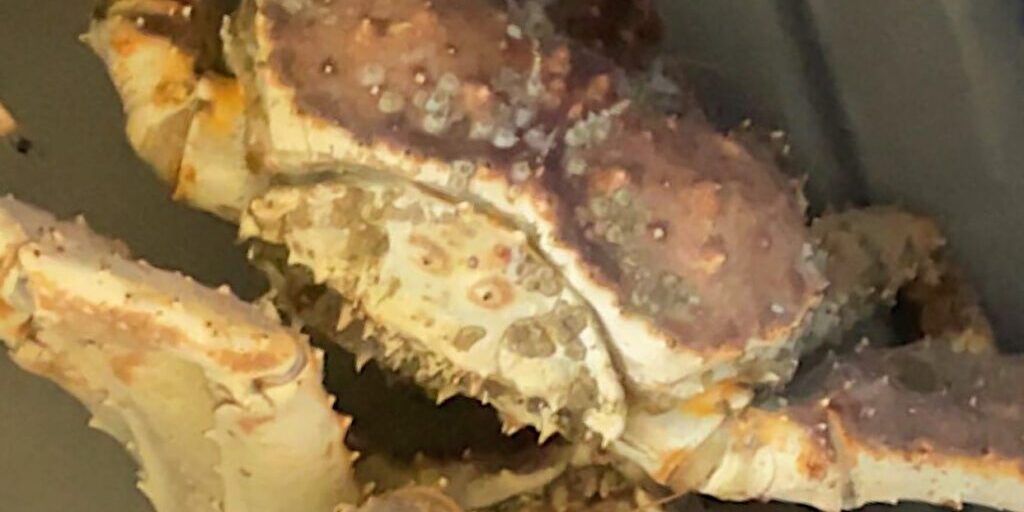Crabbing in Western Alaska is a significant and popular activity, attracting commercial crabbers. The region is known for its abundant crab populations and supports several species. Ten species of crab are caught throughout fisheries in the state, seven of them having commercial importance.
According to the Alaska Fish and Game (ADF&G) website, the Bering Sea, Aleutian Islands, and the Gulf of Alaska combined produce approximately 1/3 or more of total crab catches in the United States. The season for commercial crabbing is dependent on when they open, and how fast the guideline harvest limit (GHL) is caught. The harvest data from this season and the trawl survey are put into the model. The Crab Planning Team then evaluates the model results, and suggests an over fishing limit (OFL) and allowable biological catch (ABC) to the Science and Statistical Committee of the North Pacific Management Council. The Science and Statistical Committee reviews the Crab Planning Team’s recommendations, then forwards that to the council for approval. Kevin Clark, a fisheries biologist for ADF&G explains the process of determining the ABC and GHL.
“Once we have that, I take that ABC, and that’s the maximum amount of crab that we could possibly harvest. I look at where that fits into our management strategy. I add up, I apply a percentage to it. And then that’s how I come up with the GHL that we fish on.”
This year, crabbing opened a week late due to ice on July 21st, with buying operations starting the 22nd. Both commercial and recreational crabbing are regulated by ADF&G to maintain and sustain crab populations in the state. Clark says crab look good this year, after the downturn in 2019.
“Crab have looked really good this year. We had that downturn in 2019, but that was a temporary, temporary thing. Basically, the crowd population right now is looking fairly healthy, at least average, as it has been for the last 10 or 20 years. Still, you know, it’s right in that level.”
Clark says, right now they are seeing a large cohort that is turning into markable sized crabs that will continue growing for future seasons.
“That large cohort is actually turning into large, markable size five-inch crab. Now, this five-inch crab that we’re seeing this year, should molt into larger crab next year.”
Many coastal communities of Western Alaska have a history rooted in crabbing traditions which have been a food source for generations. Clark says crabbers are starting to see the crab cohort from 2018 and can expect to see them in the following season.
“This year, most of the crab are between 110-120(mm). I anticipate that next year, we’re going to be looking at crab in the 115-120-125 (mm) range will be much of the crowd that are harvested from that cohort that we saw starting come up in 2018.”
The maintenance of a healthy crab population is crucial for the ecological balance crabs play in the food chain. Crab populations can affect the number of prey species, which could lead to a decrease in other prey populations if it were to go down. Climate change can indirectly affect crab populations and their ecosystems. Changing of oceanic temperatures and sea ice can influence distribution and interrupt the timing of their life cycle.
The economic impact crab has in the region significantly contributes to the seafood industry. Crabbing provides a source of income and employment for many across Western Alaska and generates revenue for the local economy. The crabbing industry works with other sectors of the economy such as seafood processing and distribution, playing a vital role in the national and global markets.
The Alaska Department of Fish and Game is urging everyone to get their winter subsistence permits in so they can use the knowledge to assess the model for next year.
Photo at top: Two harvested crab in the 2023 season




